

Scientists think that about 14 billion years ago (that is a 14 followed by 9 zeros), this universe came into being through the Big Bang. This is described in the Big Bang theory. It is thought ...
READ MORE
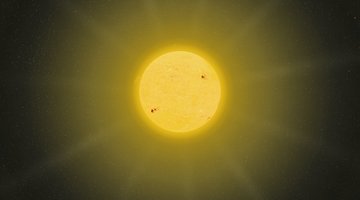
Renewable energy is fuel that comes from a source that can be replenished in a short amount of time. This includes solar, wind, water, geothermal power and bioenergy. While renewable energy ...
READ MORE

Inglewood High School is the pilot school for an energy conservation and generation project running from July 2007 until July 2008. The project is funded by Venture Taranaki, The Ministry for the ...
READ MORE
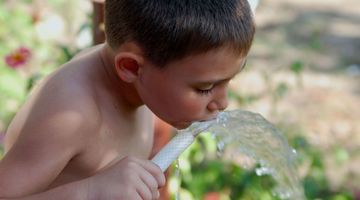
In this activity, students investigate the issues surrounding water in their local area and relate this knowledge to water issues in other countries. By the end of this activity, students should ...
READ MORE

In this activity, students are introduced to the concept of harnessing the Sun’s energy for our use on Earth. They will appreciate that the early Māori were also thinking about the Sun in ...
READ MORE

In this activity, students explore sunlight being converted into electricity. They are introduced to the concept of photovoltaics – making electricity from sunlight. They will become aware of ...
READ MORE

This citizen science project wants your assistance to extract information from various climate scientific graphics to help combat misinformation and support scientific communication. Using this ...
READ MORE

Be part of a worldwide movement and use Global Earth Challenge to submit or classify photos to help our planet’s environment and human health. Global Earth Challenge is a citizen science campaign ...
READ MORE
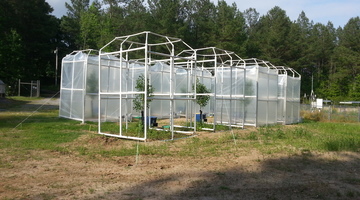
By comparing some features of fossilised plants with the same features of plants living today, scientists hope to be able to learn more about the effect of changing carbon dioxide (CO2) levels in ...
READ MORE

Long ago, according to the legend of Māui, the Sun was the focus of attention. People wanted more daylight and warmth to get their jobs done. Māui schemed to harness the Sun. Rights: Tim Tripp ...
READ MORE

In the primary classroom, even though teachers and students generally spend the day together, it cannot be assumed that students will experience their learning as coherent, connected or ...
READ MORE
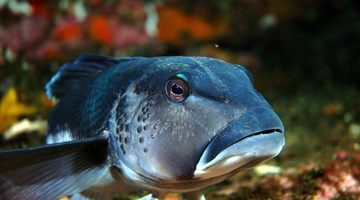
There are many marine classroom activities and resources on the Science Learning Hub useful for Seaweek 2015. This online PD session recorded on 19 February 2015 shows primary and secondary ...
READ MORE
Peter Hall from Scion explains why we need large quantities of carbon neutral energy. Energy is everywhere. Anything we eat or use has energy embodied in it. Every object we produce required ...
READ MORE
Peter Hall from Scion discusses New Zealand’s energy demands and what we should think as a country about how to reduce our carbon footprint. A country’s economic growth is closely linked to how ...
READ MORE
Dr Peyman Zawar-Reza, from the University of Canterbury, explains how scientists can help energy companies to predict which areas they should target for further exploration and use for energy ...
READ MORE
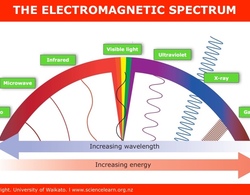
This interactive looks at the electromagnetic spectrum. To use this interactive, move your mouse or finger over any of the labelled boxes and select to obtain more information. Select here for a ...
READ MORE

This interactive provides an overview of climate change, greenhouse gases, the carbon cycle and other related concepts. To use this interactive, move your mouse or finger over any of the labelled ...
READ MORE
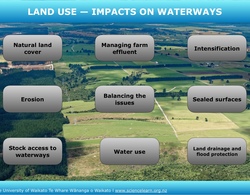
Discover some of the issues involving land use and water quality. Click on the labels for more information. Select here to view the full transcript and copyright information.
READ MORE